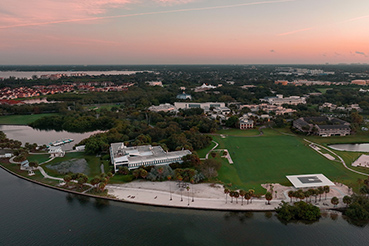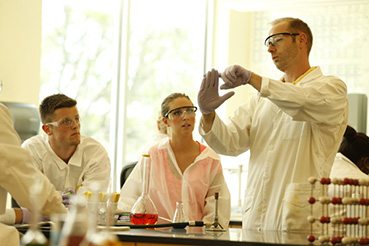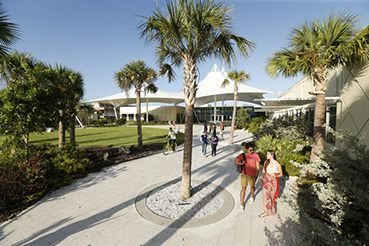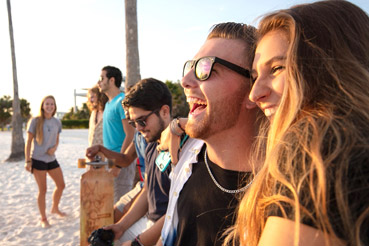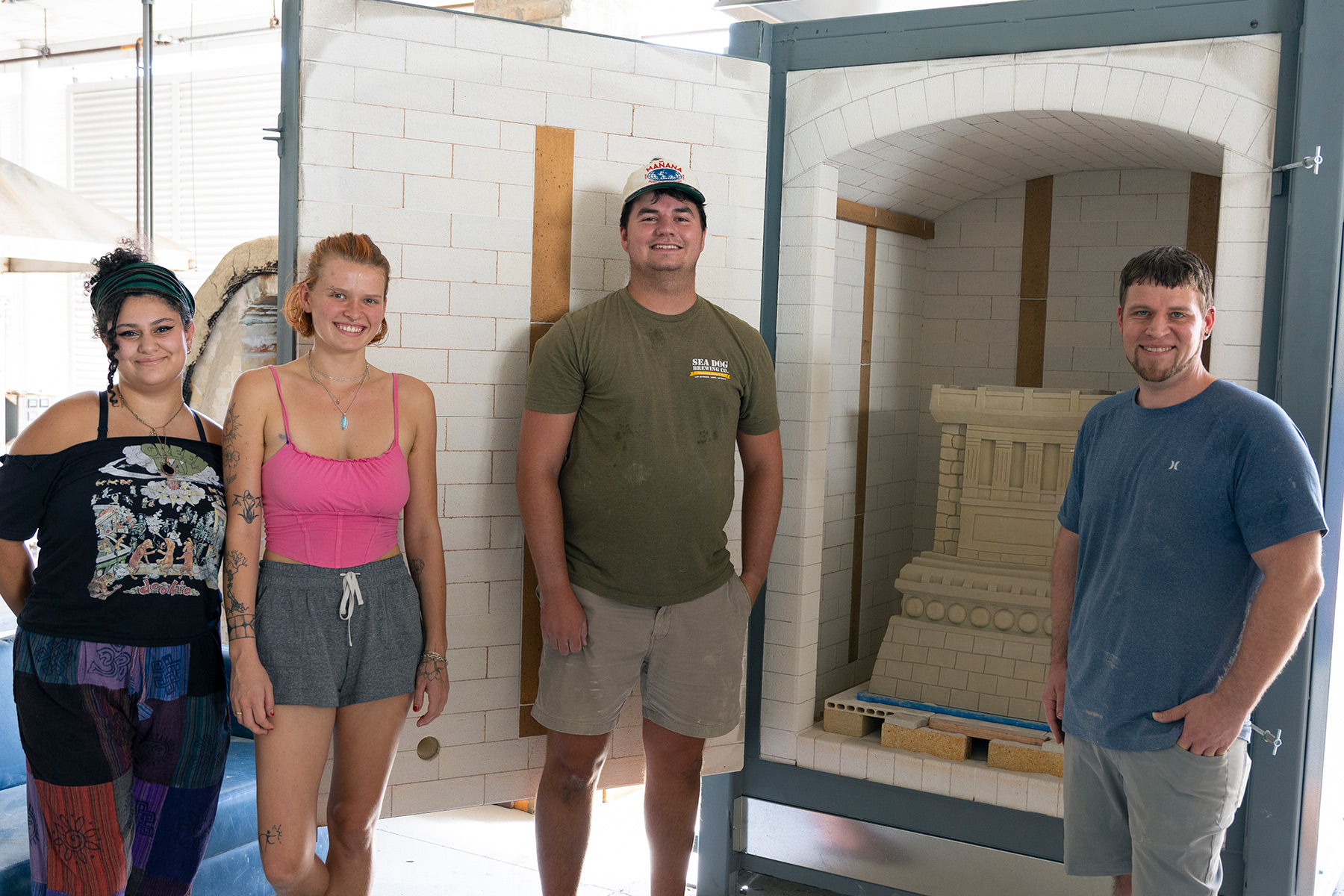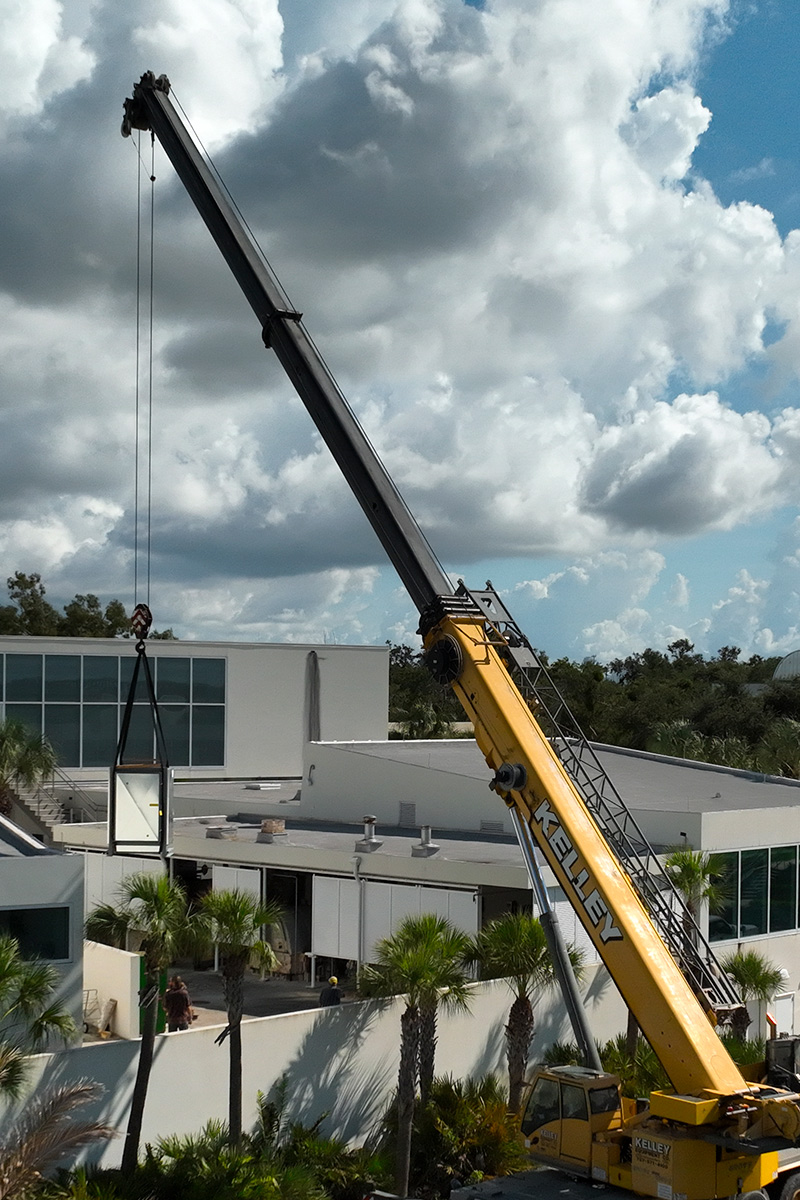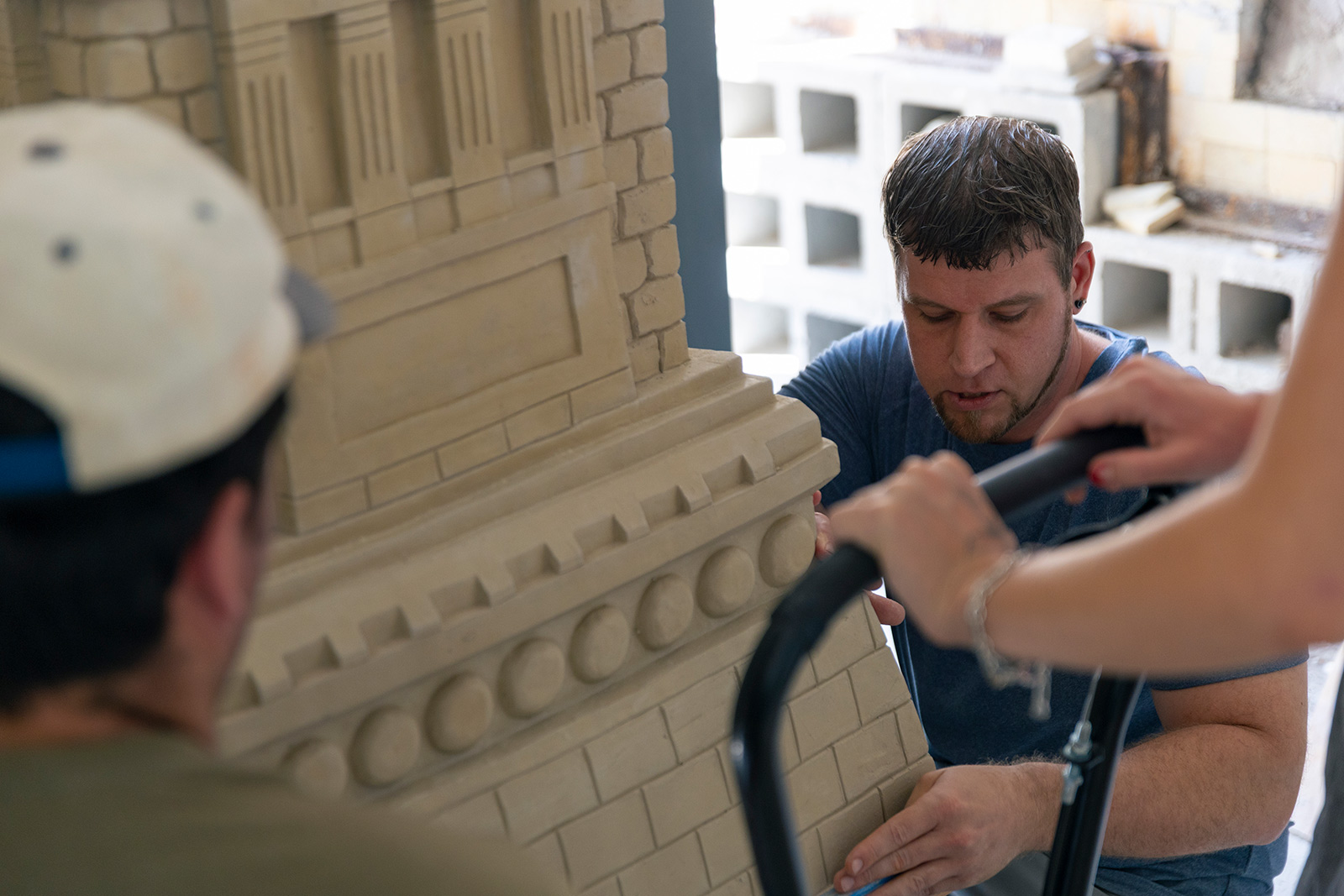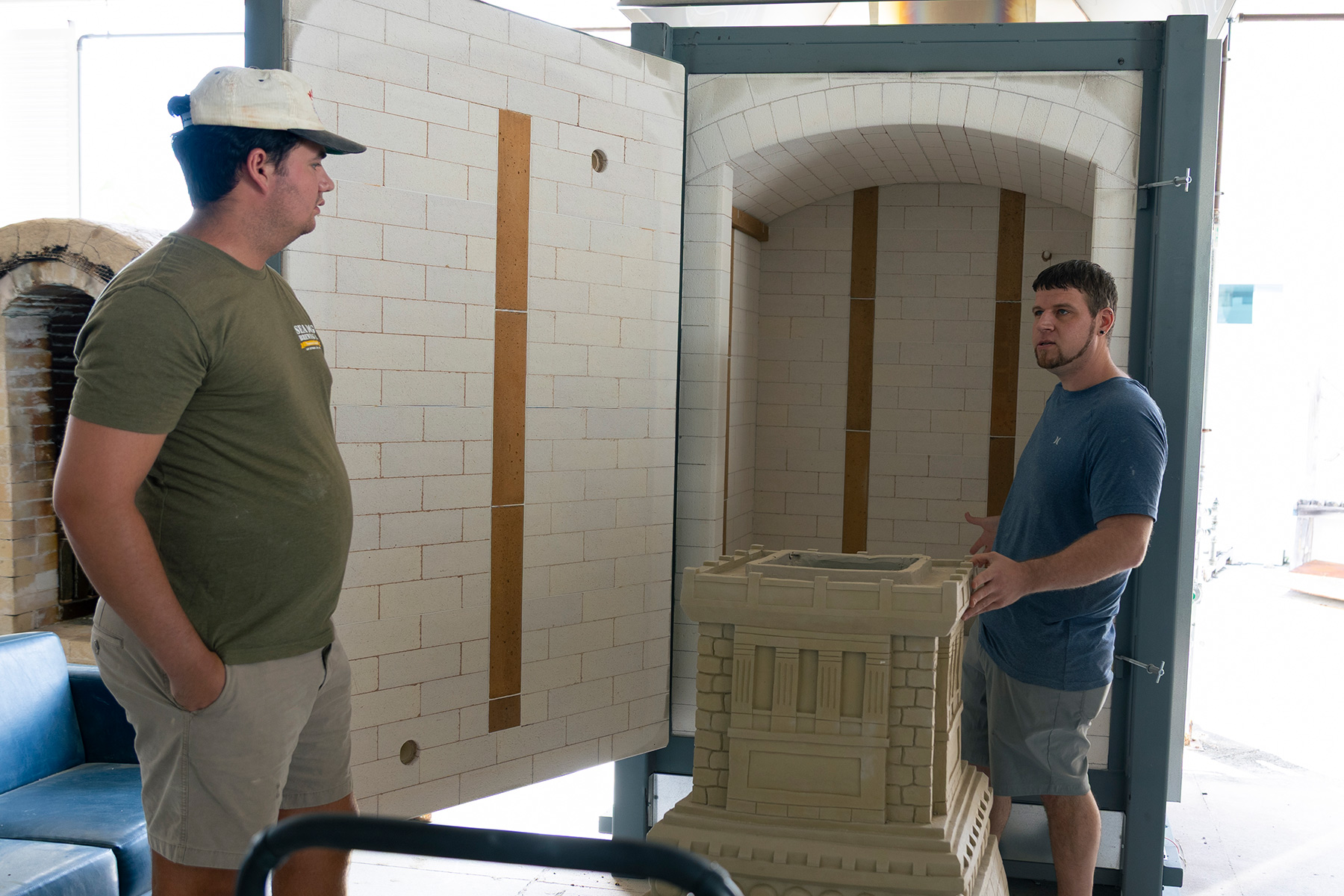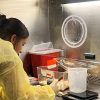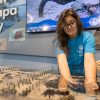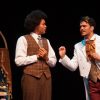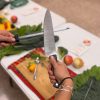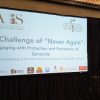Tony Baker had waited months for this moment.
On a recent Monday afternoon, Baker, an assistant professor of visual arts (ceramics) at Eckerd College, began sliding one of his latest creations—a 4-foot-tall, 200-pound replica of the base of the Statue of Liberty—into an immense new kiln at the ceramics studio inside The Helmar and Enole Nielsen Center for Visual Arts.
With help from Eckerd students Gabriella Brzostoski, a senior interdisciplinary arts and sociology student from Barnardsville, North Carolina, and Sam Taylor, a junior marine science student from Hingham, Massachusetts, Baker angled the artwork into position, ready for firing.
“I’m thrilled to have this new large gas kiln,” Baker says. “It’s going to be transformative for the program in so many ways. When I first arrived, many of the kilns were old, inefficient, and some barely reached temperature. The few large ones we had were specialty atmospheric kilns that could only be used for specific effects.
“I always have my students start with large-scale projects because that’s the best way to truly learn how to build with clay. But with only small electric kilns, firing became like playing Tetris—constantly loading and unloading large, heavy pieces, often requiring multiple back-to-back firings.
“This new kiln will ease that workload tremendously and allow us to fire more pieces at once, making the whole process much more efficient and reliable. Beyond efficiency, it opens up new creative possibilities,” he adds. “While I usually have students build in multiple sections for practical reasons, like making work easier to transport and store, there are times when a single, seamless piece is essential for structural or aesthetic reasons.
“With an interior of roughly 5-feet-by-3-feet square, compared to our previous largest kiln at about 3-feet-by-2-feet square, this new one makes those larger, unified works possible.”
The $60,000 built-to-order kiln had been purchased with funding provided by the William R. Hough Endowed Fund at Eckerd College, which financed a variety of projects across campus over the past two years—including support for the Natural Sciences Summer Research Program, St. Pete Science Festival, and Native Chickee re-thatching. The fund also enabled the purchase of new equipment: a gas chromatograph–mass spectrometer unit, music lockers and new soccer-field turf.
“The new kiln will allow me to push my work in ways I couldn’t before,” explains Isabella Shenouda, a sophomore animal studies and visual arts student from Dix Hills, New York. “Being able to fire larger pieces will open up more creative possibilities. It’s exciting to know that this resource will not only help me but also give my peers the chance to experiment and grow as artists. This is a huge step forward for the program and for all of us in ceramics.”
The new kiln is already making a difference, Baker says. “This kiln will support not just student work but my own practice as well, allowing both myself and my students to push scale, ambition and craftsmanship further than before.
“Like any piece of equipment, kilns have a lifespan; much like a car, they eventually need to be replaced. But this particular brand is built to last. It’s one of the best and most-respected kiln manufacturers out there, and it fires beautifully—smooth, quiet, fast and efficient. It’s truly a beautiful beast.”

